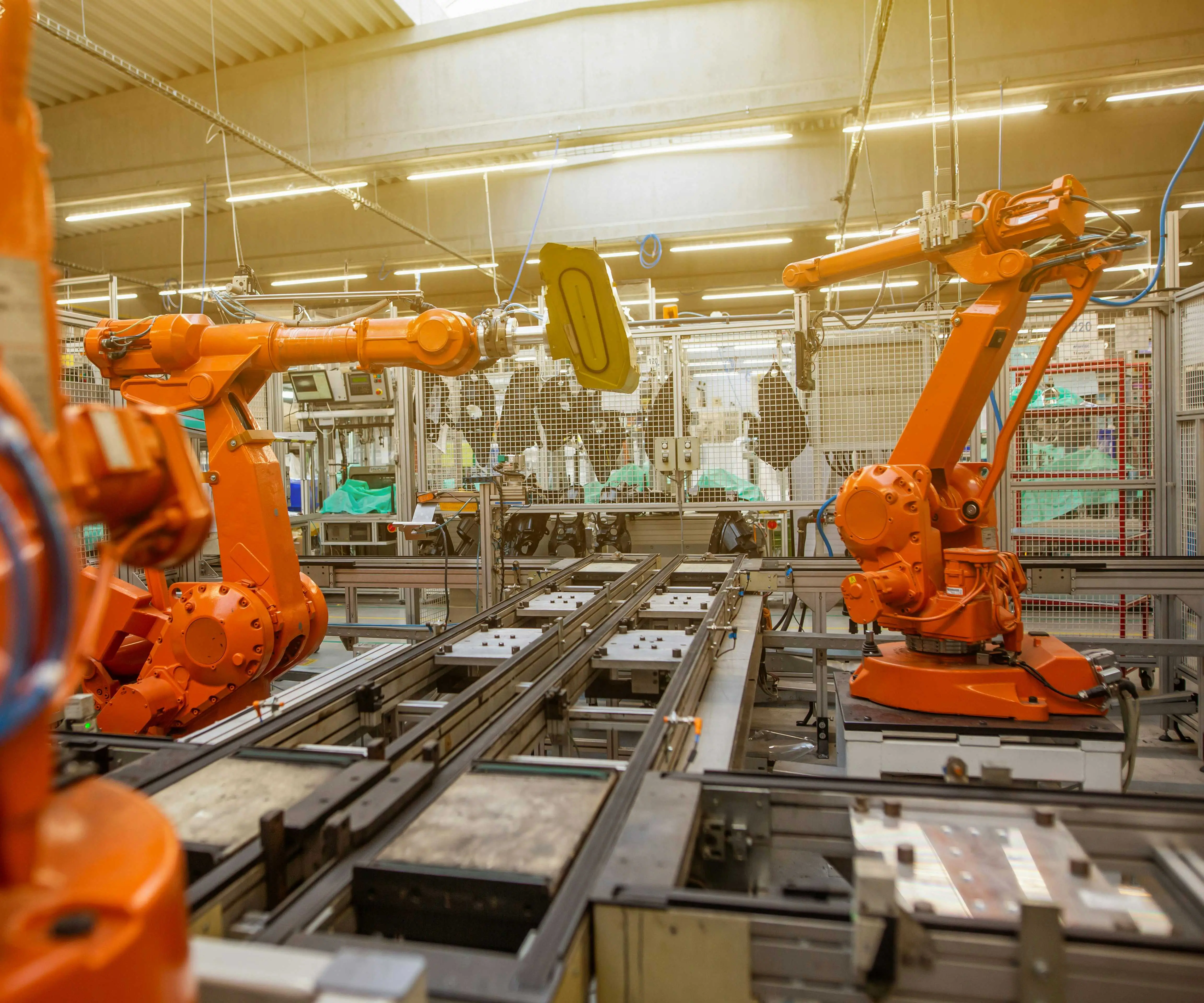Wiring a brushless motor isn’t exactly rocket science, but it’s definitely an art — a rhythmic dance between wires, magnets, and a little know-how. When you get it right, the motor hums smoothly, power flows like a well-oiled machine, and everything runs as it should. But if you miss a step or get confused midway, that sweet humming turns into jittery noises or no movement at all.

First off, understanding the stator and rotor is key. The stator is the static part with windings, while the rotor contains the magnets, spinning inside. To wire a brushless motor correctly, you’ve got to connect the wires from the motor to the electronic speed controller (ESC). Normally, a three-wire setup means three phase wires, but most brushless motors don’t have a dedicated ground wire. Instead, they have three wires — often red, yellow, and black, or similar — that connect to the ESC.
Picture this: you’re doing it for the first time, and suddenly you realize that reverse wiring could mess up everything. Yes, plugging the wires in the wrong order can cause the motor to spin backwards or refuse to turn at all. So, it’s smart to test the connections beforehand, maybe with a small battery or a testing device. Do not rush this step; it’s easy to get excited and skip it, but patience pays off.
When wiring, keep in mind: each wire from the motor must connect to the corresponding phase wire on the ESC. Sometimes, flipping two wires isn’t a big deal — the motor just spins in the opposite direction — but in some applications, you want that predictable forward motion, so getting it right matters.
Here's a little trick: many products or manuals suggest marking wires with a marker or a bit of tape before disconnecting them. That way, when you reconnect, it’s like hitting the 'like' button on a familiar playlist — everything feels comfortable. Plus, good insulation prevents accidental shorts, so use quality connectors or heat shrink tubing.
Now, let's talk about testing without risking damage. After wiring, turn on the ESC at a low throttle. Does the motor start smoothly? No weird noises or vibrations? If yes, bingo. If not, recheck your wiring. Sometimes, swapping the wires around can fix the issue instantly.
Questions might pop up—like, what happens if the motor doesn’t spin at all? It might be a wiring problem, or maybe the ESC isn’t configured properly. Double-check your connections, and ensure your power supply matches the motor’s voltage rating. Sometimes, the motor just needs a gentle nudge to start spinning; other times, it’s all about tweaking the ESC settings.
In the end, wiring a brushless motor feels like tuning an instrument. It’s about feeling the rhythm, knowing when a wire is out of tune, and adjusting accordingly. When done right, this process isn’t just functional — it’s satisfying. The motor hums like a song you’ve perfected, humming away with clean, steady power.
If you want a seamless experience, using reliable components and following a clear wiring plan makes a big difference. Tackle it step by step, stay patient, and soon, you’ll be harmonizing with your brushless motor effortlessly. That’s when all the effort turns into pure, unfiltered motion.
Established in 2005, Kpower has been dedicated to a professional compact motion unit manufacturer, headquartered in Dongguan, Guangdong Province, China.




































